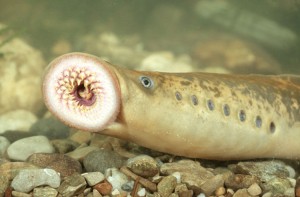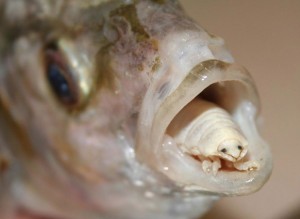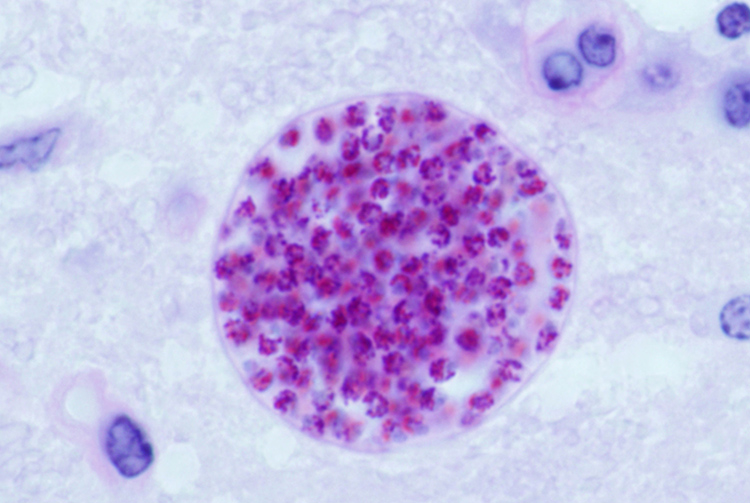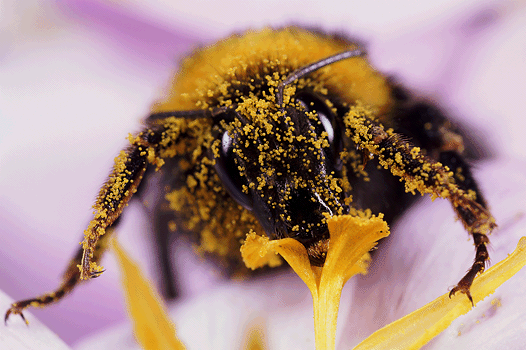A Night at the Oscars
Wednesday, February 12th, 2020February 12, 2020
On Sunday, February 9, the 92nd Academy Awards—commonly known as the Oscars—were held at the Dolby Theatre in Hollywood, California. The Oscars celebrate the past year’s achievements in filmmaking. As happened in 2019, the award ceremony went without a host. Instead, the comedians Steve Martin and Chris Rock opened the show, and a variety of celebrities introduced and handed out the awards.

Parasite, which won best picture at the 2020 Academy Awards, stars (from left) Choi Woo Shik, Song Kang Ho, Chang Hyae Jin, and Park So Dam. Credit: CJ Entertainment
The biggest headline on Oscars night was the naming of the South Korean black comedy Parasite as best picture. Black comedy is characterized by bizarrely or morbidly humorous plots and situations. Directed by Bong Joon Ho, Parasite is the first movie in a language other than English to win best picture. Parasite also won best original screenplay and best international film. Bong too made history as the first South Korean to win best director. The World War I drama 1917—the favorite to win best picture before the ceremony—missed out on the top award but took home the best cinematography, best sound mixing, and best visual effects Oscars.
Renée Zellweger won the best actress award for her portrayal of the former Hollywood star Judy Garland in the biopic Judy. Joaquin Phoenix earned best actor for his leading role in the origin story of the Batman villain Joker. Brad Pitt won best supporting actor for his stuntman sidekick role in Once Upon a Time in Hollywood, and Laura Dern was named best supporting actress as a divorce lawyer in Marriage Story. Toy Story 4 won best animated feature, and American Factory won best documentary. American Factory, the story of a Chinese-run glass factory in Ohio, was the first film made by Higher Ground Productions, a company run by former United States President Barack Obama and former First Lady Michelle Obama. The World War II satire Jojo Rabbit earned the Oscar for best adapted screenplay.
Each trophy given out at the ceremony (there were a total of 24 this year) is officially called an Academy Award of Merit, but the small golden statues have been known as “Oscars” since the 1930′s. The origin of the nickname is uncertain, but most histories center on Margaret Herrick, a former director of the Academy of Motion Picture Arts and Sciences. Apparently, upon seeing the statuettes for the first time in 1931, Herrick remarked that they looked a lot like her Uncle Oscar. Oscar came into common usage for the award soon after.






